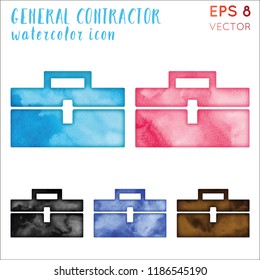Key Seasonal Considerations For Commercial Exterior Paint: What You Required To Be Enlightened Regarding
Key Seasonal Considerations For Commercial Exterior Paint: What You Required To Be Enlightened Regarding
Blog Article
Material Writer-Carlson Chaney
When you're intending a business outside paint task, seasonal variables can make or break your results. You'll want to think about just how temperature and moisture effect paint application and drying times. Selecting the right period can guarantee your paint sticks properly and lasts much longer. Yet which seasons are really the most effective for this kind of work? Allow's check out the key elements that can impact your task's success.
The Influence of Temperature on Paint Application
When you're preparing an industrial outside paint task, the temperature level can substantially impact just how well the paint adheres and dries.
Preferably, you wish to repaint when temperature levels vary in between 50 ° F and 85 ° F. If it's too cool, the paint might not treat correctly, bring about issues like peeling off or breaking.
On the other side, if it's also warm, the paint can dry out as well rapidly, stopping proper attachment and resulting in an irregular surface.
You must likewise consider the moment of day; early morning or late afternoon provides cooler temperatures, which can be much more desirable.
Constantly check the supplier's suggestions for the particular paint you're using, as they commonly offer advice on the ideal temperature variety for optimum outcomes.
Moisture and Its Effect on Drying Times
Temperature isn't the only ecological element that influences your industrial outside paint task; humidity plays a significant function as well. High moisture levels can decrease drying times considerably, influencing the general high quality of your paint job.
When the air is saturated with moisture, the paint takes longer to treat, which can bring about concerns like poor adhesion and a higher risk of mold growth. If you're repainting on an especially moist day, be prepared for prolonged wait times between layers.
It's vital to keep an eye on local weather and plan as necessary. Preferably, aim for moisture levels between 40% and 70% for optimum drying out.
Maintaining these factors in mind guarantees your task remains on track and provides a long-term coating.
Best Seasons for Commercial Outside Painting Projects
What's the best season for your business external painting projects?
https://www.realtor.com/advice/home-improvement/how-much-should-you-tip-general-contractors/ and early autumn are commonly your best choices. During these seasons, temperature levels are light, and moisture degrees are usually reduced, creating optimal conditions for paint application and drying.
Avoid summer's intense heat, which can trigger paint to completely dry also rapidly, bring about bad attachment and surface. In a similar way, winter months's cold temperature levels can impede appropriate drying and healing, running the risk of the longevity of your paint work.
https://interior-painter-near-me10998.blogitright.com/34566024/home-painters-the-secret-to-a-fresh-vivid-and-inviting-home for days with temperatures in between 50 ° F and 85 ° F for optimal outcomes. Bear in mind to check the regional weather report for rain, as wet problems can spoil your task.
Planning around these factors guarantees your painting project runs efficiently and lasts longer.
Conclusion
Finally, planning your business outside painting jobs around seasonal considerations can make a considerable distinction in the result. By organizing work during the perfect temperature levels and humidity degrees, you'll guarantee better attachment and drying out times. Keep in mind to watch on local weather prediction and pick the right time of year-- springtime and early fall are your best choices. Taking these actions will certainly help you attain a resilient and specialist surface that lasts.
